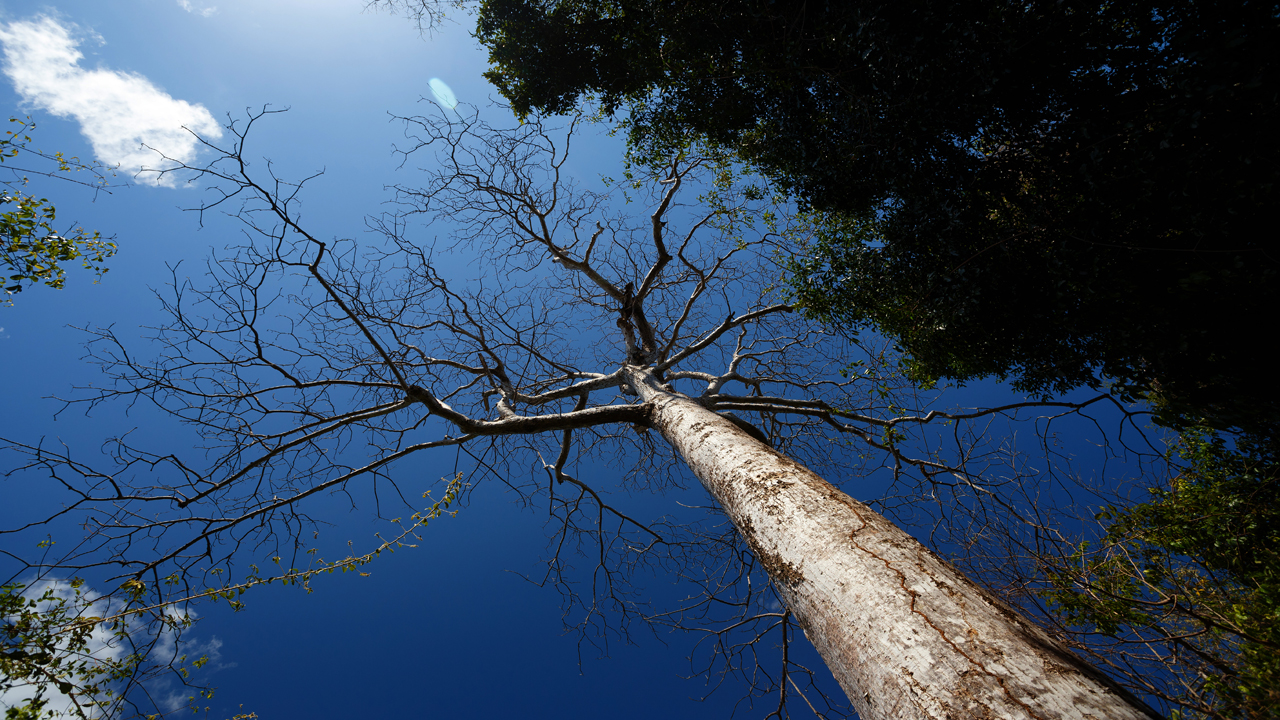Welcome to Facts Vibes, where we dive deep into the world of fascinating vanilla facts. From its exotic origins to its versatile uses, join us as we uncover the intriguing history and surprising benefits of this beloved flavor. Get ready to indulge in a flavorful journey with our latest article on vanilla!
Exploring the Fascinating World of Vanilla: Uncovering the Intriguing Facts
Exploring the Fascinating World of Vanilla: Uncovering the Intriguing Facts in the context of food and cooking. Vanilla is a widely used flavoring in the culinary world, adding a unique and delicious taste to various dishes. It is derived from the orchids of the genus Vanilla, and the process of cultivating this spice is labor-intensive, making it one of the most expensive ingredients in the world.
The history of vanilla dates back to the Aztec and Mayan civilizations, where it was highly prized for its aromatic and medicinal properties. Today, it is a staple in desserts, beverages, and even savory dishes. Its complex flavor profile and versatility make it a favorite among chefs and home cooks alike.
Interestingly, vanilla beans are hand-pollinated due to the absence of natural pollinators outside of their native Mexico, which adds to the rarity and value of this sought-after ingredient. The journey from the orchid plant to the finished product involves meticulous care and attention to detail, making it a truly precious commodity.
In addition to its culinary uses, vanilla is also utilized in perfumery and aromatherapy, further highlighting its diverse applications. Whether it’s enhancing the flavor of a creamy dessert or adding a soothing scent to a room, vanilla continues to captivate and inspire with its endless possibilities.
Most popular facts
Vanilla is the second most expensive spice after saffron.
True.
The vanilla plant is a type of orchid, and the beans are actually the fruit of the orchid.
The vanilla plant is a type of orchid, and the beans are actually the fruit of the orchid.
Vanilla beans are hand-pollinated because the natural pollinator, the Melipona bee, is only found in Mexico.
Vanilla beans are hand-pollinated because the natural pollinator, the Melipona bee, is only found in Mexico.
Madagascar is the leading producer of vanilla, accounting for over half of the world’s supply.
Madagascar is the leading producer of vanilla, accounting for over half of the world’s supply.
Vanilla extract is made by soaking vanilla beans in alcohol and water.
Vanilla extract is made by soaking vanilla beans in alcohol and water.
There are over 150 varieties of vanilla orchids, but only a few are used for commercial vanilla production.
Only a few of the over 150 varieties of vanilla orchids are used for commercial vanilla production.
Synthetic vanilla, called vanillin, is often used as a cheaper alternative to natural vanilla.
Vanillin is frequently used as a more cost-effective substitute for natural vanilla.
Vanilla was historically used by the Aztecs and other Mesoamerican cultures for flavoring and medicinal purposes.
Vanilla was historically used by the Aztecs and other Mesoamerican cultures for flavoring and medicinal purposes.
The flavor of vanilla is actually perceived through the sense of smell rather than taste.
True. The flavor of vanilla is perceived through the sense of smell rather than taste.
Pure vanilla extract must contain at least 35% alcohol.
True. Pure vanilla extract must contain at least 35% alcohol.
The word “vanilla” comes from the Spanish word “vainilla,” which means “little pod.”
The word “vanilla” comes from the Spanish word “vainilla,” which means “little pod.”
The process of curing vanilla beans can take several months to develop their distinctive flavor and aroma.
The process of curing vanilla beans can take several months to develop their distinctive flavor and aroma.
Vanilla is commonly used in both sweet and savory dishes around the world.
Vanilla is commonly used in both sweet and savory dishes around the world.
The United States is one of the largest consumers of vanilla products.
True.
Vanilla is often used in perfumes and aromatherapy due to its calming and relaxing scent.
Vanilla is commonly utilized in perfumes and aromatherapy for its calming and relaxing scent.
In conclusion, vanilla is a fascinating ingredient that has captivated the senses and taste buds of people around the world for centuries. Its versatility and rich history make it a beloved aspect of many cultures and cuisines. Whether used in sweet or savory dishes, vanilla continues to be a staple in the culinary world, offering a unique flavor and aroma that cannot be replicated.
